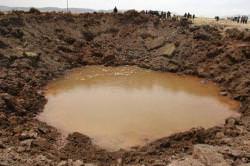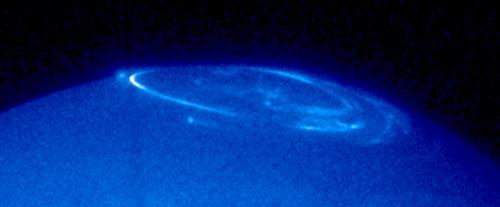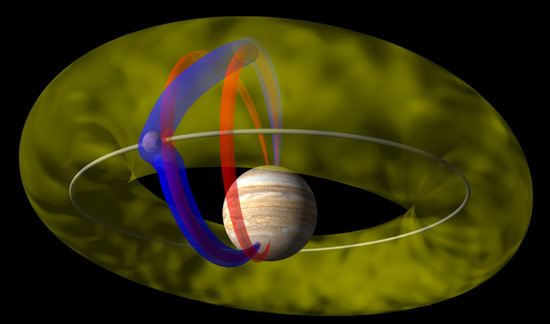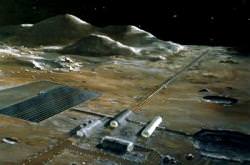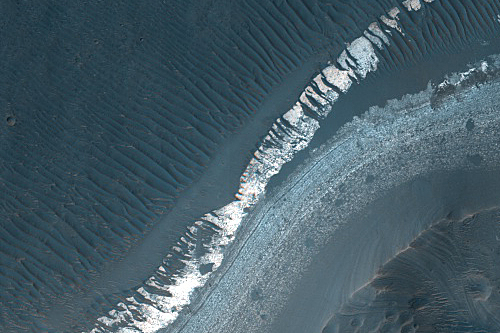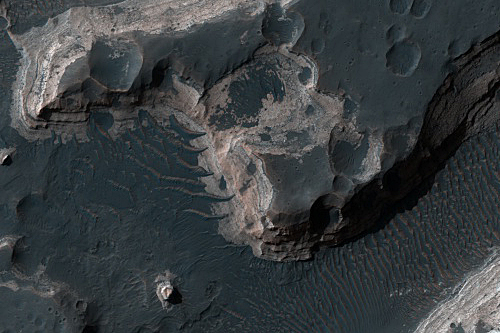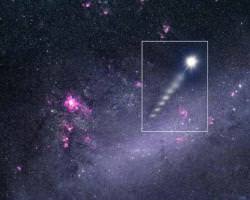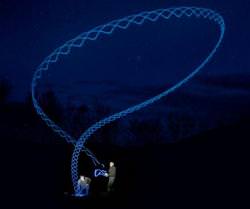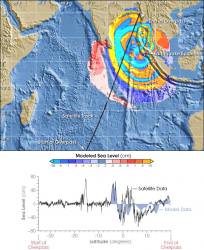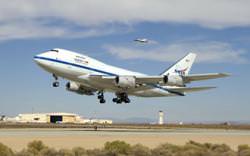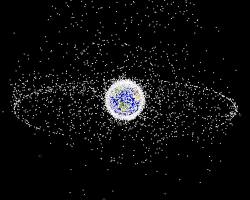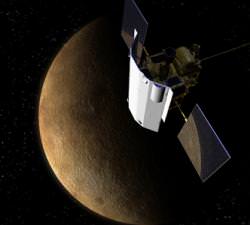On September 15th of last year, a meteorite impacted the Earth near the town of Carancas in Peru. The story made worldwide headlines when hundreds of people who flocked to see the crater reported getting ill. As it turned out, there were no mysterious space illnesses plaguing the population; the super-hot meteorite likely vaporized arsenic-containing water that was near the surface of the impact site, and onlookers and investigators breathed in the noxious gas. The meteorite is again in the spotlight, though not for making people sick.
Researchers estimate from their analysis of the crater that the meteorite was of a rocky composition, and that it impacted the ground at a whopping 15,000 miles (24,150 kilometers) per hour. That is really fast for a stony meteorite! It is calculated to have been between .2 and 2 meters at the point of impact, and upwards of 3 meters when it entered the atmosphere.
“Normally with a small object like this, the atmosphere slows it down, and it becomes the equivalent of a bowling ball dropping into the ground. It would make a hole in the ground, like a pit, but not a crater. But this meteorite kept on going at a speed about 40 to 50 times faster than it should have been going.†said Peter Schultz, professor of geological sciences at Brown University, who presented the findings of his travels to the impact site at the 39th annual Lunar and Planetary Science Conference in Texas last week. Schultz collaborated on his research with a team of scientist from Brown University, Peru and Uruguay.
Stony meteorites – called chondrites – generally break up in the atmosphere and impact the ground at rather slow speeds. In fact, most of the objects that enter Earth’s atmosphere end up never hitting the ground because the gases are so thick that the heat caused by air compression vaporizes them.
Schultz and his team think the Carancas meteorite may have initially broken up and then reformed in such a way as to make it more aerodynamic, allowing it to bullet through the atmosphere instead of being braked by the friction with the gases in our atmosphere. As opposed to dissipating and burning up like other chondrites, the meteorite landed as one large chunk.
This contradicts the conventional theory that small, rocky asteroids either can’t impact at all, or create only small impact pits. If the new theory is correct, we may have to rethink the history and influence of meteorite impacts on the Earth, as well as consider what kind of damage they are capable of doing in the future.
Source: Brown University News Release

